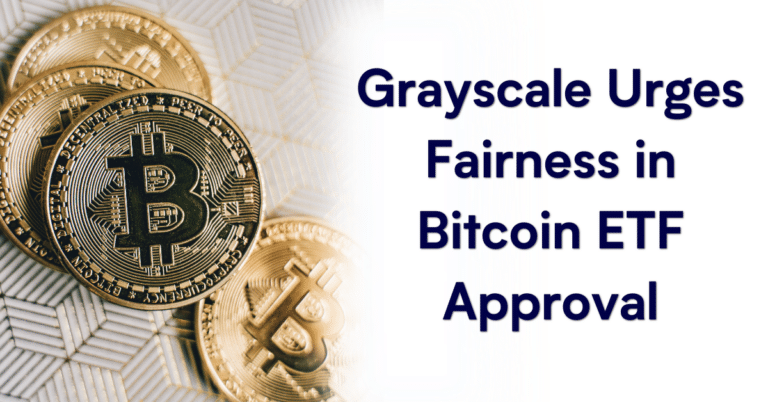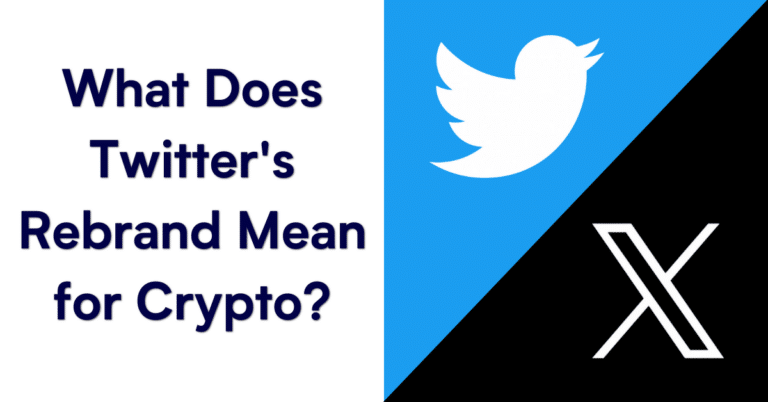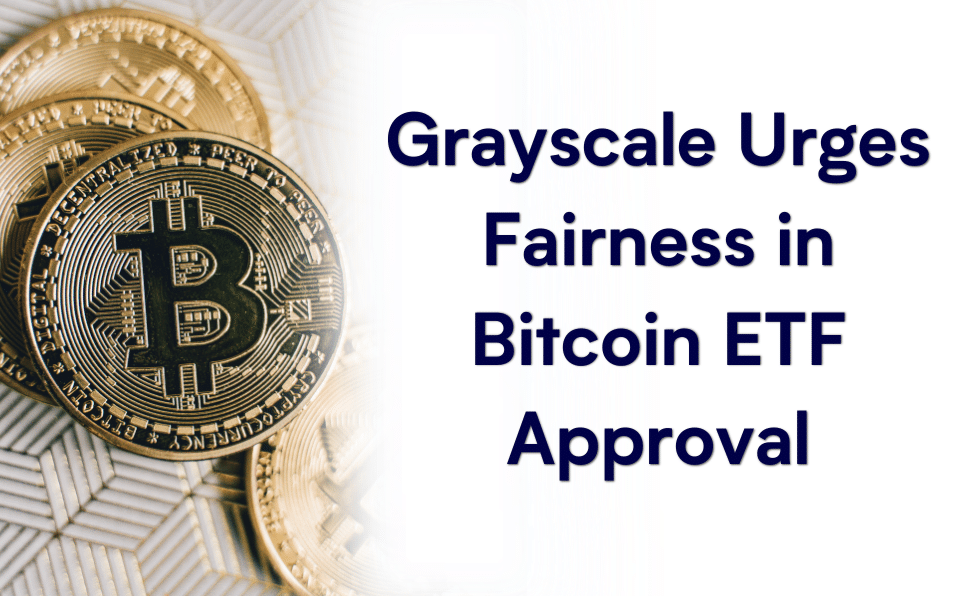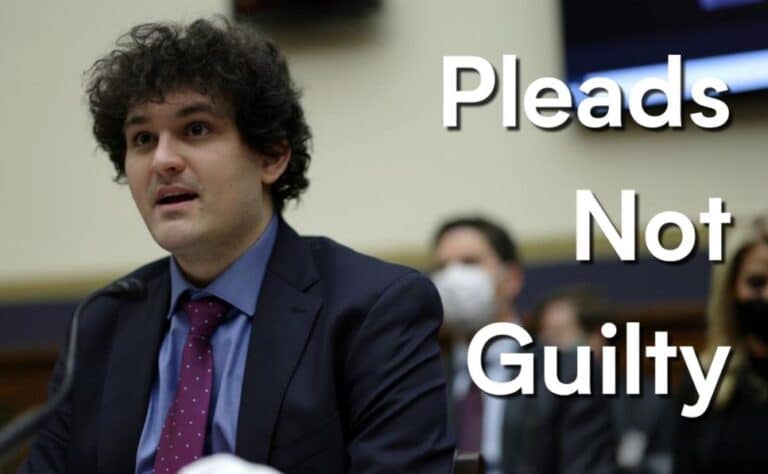Welcome to This Week in Crypto, where we bring you the latest news and developments in the world of cryptocurrencies and blockchain technology. In this edition, we’ll delve into Grayscale’s push for the simultaneous approval of spot Bitcoin ETF applications, Twitter’s rebranding to “X” under Elon Musk’s ownership, and The British Museum’s partnership with The Sandbox to create NFT digital collectibles. From the exciting realm of decentralized finance to the fusion of traditional institutions with emerging technologies, join us as we explore the most significant stories shaping the crypto and blockchain landscape this week.

Grayscale Urges SEC to Approve All Spot Bitcoin ETF Applications Equally
Grayscale, the firm behind the Grayscale Bitcoin Trust (GBTC), has urged the U.S. Securities and Exchange Commission (SEC) to approve all spot Bitcoin ETF applications simultaneously. The company argued that the SEC’s actions related to Bitcoin ETFs should be fair and orderly, and the regulatory body should not pick winners and losers. Grayscale has already taken the SEC to court over repeated denials to convert its flagship Bitcoin fund into a spot Bitcoin ETF.
A spot Bitcoin ETF would enable institutions to gain exposure to Bitcoin without directly holding the cryptocurrency. Such an approval is seen within the crypto community as a crucial step towards broader Bitcoin adoption and official recognition of crypto as an asset class. Various spot Bitcoin ETF applications have been submitted to the SEC recently, with big names like BlackRock, Fidelity, WisdomTree, and Invesco entering the race.
The SEC has been hesitant about approving a spot Bitcoin ETF for over a decade due to concerns about fraud and manipulation. However, firms like Fidelity and BlackRock have refined their applications, addressing the SEC’s concerns regarding market surveillance. Grayscale has argued that the approval of existing futures-based Bitcoin ETFs should be sufficient, as the spot and futures markets are closely linked.

What does Twitter’s “X” Rebrand Mean for Crypto?
Twitter has undergone a rebrand, discarding its iconic bird logo to become “X,” aligning with Elon Musk’s vision of transforming the platform into a WeChat-style “super app” with multiple functions in one place. Musk, who acquired Twitter in a $44 billion deal, sees the Chinese app WeChat as a model for what Twitter could become, combining features like Twitter, PayPal, and more. The name “X” comes from Musk’s legacy business, X.com, a precursor to PayPal, which he bought back in 2017 for its sentimental value.
The shift to “X” and the development of a super app were ideas Musk had long hinted at, even before the Twitter acquisition was finalized. Among the proposed changes are cracking down on spam, increasing premium users, and potentially adding payment functions, including the possibility of accepting Dogecoin, a meme coin Musk has championed. While the Dogecoin payment option may be less likely due to a legal battle over Musk’s alleged promotion of the token, the company has received approval in three U.S. states to serve as a money transmitter, which may be related to its move towards incorporating payments into the platform. The transition to “X” could have significant implications within the crypto and payments industry, especially if Twitter integrates crypto payment options in the future.

The British Museum Explores Web3 with The Sandbox for NFT Collectibles
The British Museum is teaming up with The Sandbox, a metaverse game built on the Ethereum blockchain, to produce a collection of NFT (Non-Fungible Token) digital collectibles. These NFTs will showcase the museum’s extensive array of cultural artifacts and provide users with unique and immersive experiences. The collaboration also involves creating a dedicated virtual space within The Sandbox where players can explore and interact with The British Museum’s offerings, placing it alongside other modern cultural icons within the metaverse.
This venture marks The British Museum’s exploration into the world of Web3 and NFTs, showing its willingness to embrace innovative technologies to share its rich collection with wider audiences. In the past, The British Museum has collaborated with LaCollection on NFT collections, featuring works by renowned artists like Katsushika Hokusai and Joseph Mallord William Turner. By engaging in this partnership with The Sandbox, the museum aims to utilize the potential of NFTs and metaverse gaming to educate and entertain people worldwide about human history, art, and culture in an entirely new and interactive manner.








